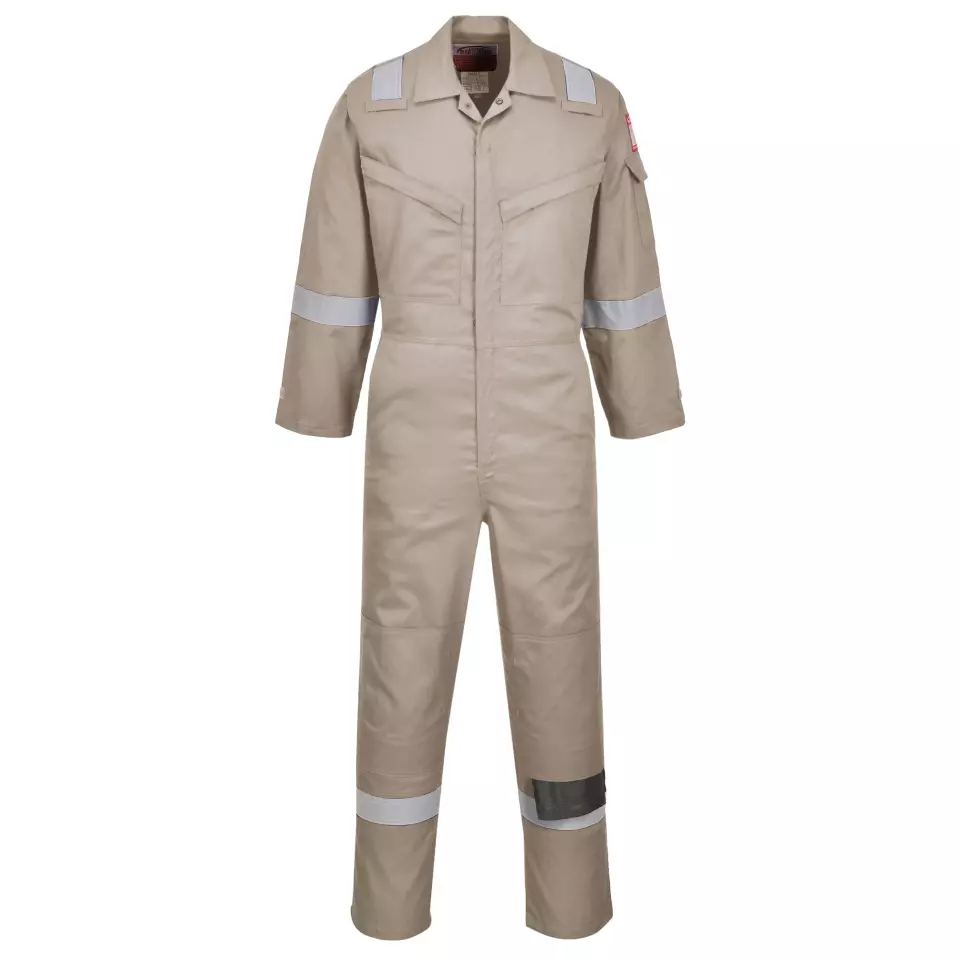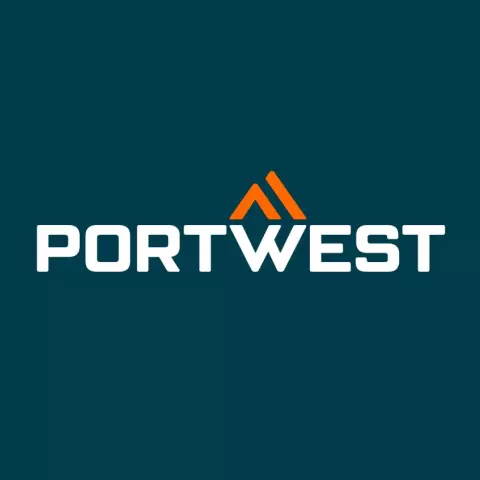Bizflame Work FR Super Lightweight Anti-Static Coverall, Khaki
4.7 / 5
Product description
This lightweight flame-resistant coverall is engineered for offshore industry applications in warm weather conditions. Constructed from innovative flame-resistant twill fabric, it provides comprehensive protection against radiant, convective, and contact heat while maintaining wearer comfort. The coverall features extensive storage options with 10 pockets and specialized design elements for enhanced functionality and safety in hazardous environments.
Product Features:
- Lightweight construction for enhanced wearer comfort
- Protection against radiant, convective and contact heat
- 10 pockets for ample storage including rule pocket, two back patch pockets, and sleeve pocket
- Two tier knee pad pockets allowing two positioning options
- Action back for extra freedom of movement
Technical Details:
- Flame-resistant twill fabric construction
- 40+ UPF rated fabric to block 98% of UV rays
- Durable brass zip with two-way functionality
- Hook and loop cuffs for secure fit
- Suitable for ATEX and ESD environments
Recommended Applications:
- Offshore industry operations in warm weather conditions
Standards:
- CE-CAT III certified
- EN ISO 11612 (A1+A2, B1, C1, E2, F1)
- EN ISO 11611 Class 1 (A1+A2)
- EN 1149-5
- EN 17353 Type B2
- ASTM F1959/F1959M-12 (ATPV = 9.1cal/cm²)
- Welding
- UV Protective
- Machine Washable
- Heat & Flame Resistance
- High Visibility
- Electrical Protection
Standards and labels
Portwest delivery terms
Free delivery when you order more than 300,00 € from Portwest
Supplier shipping fee 4,96 €
Brand minimum 20,00 €
77,48 €
Shipping fee is 4,96 € for orders under 300,00 €
Sold in units of one piece
Need larger quantities?
Other products you may like
Recently viewed
Other products you may like
Similar products you may like
Autonomous sourcing platform
The most efficient way to source and order supplies for your operations



